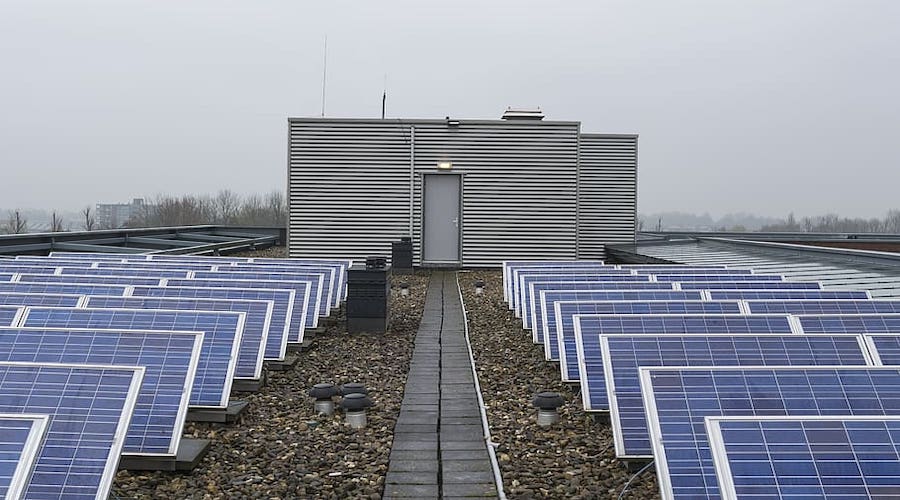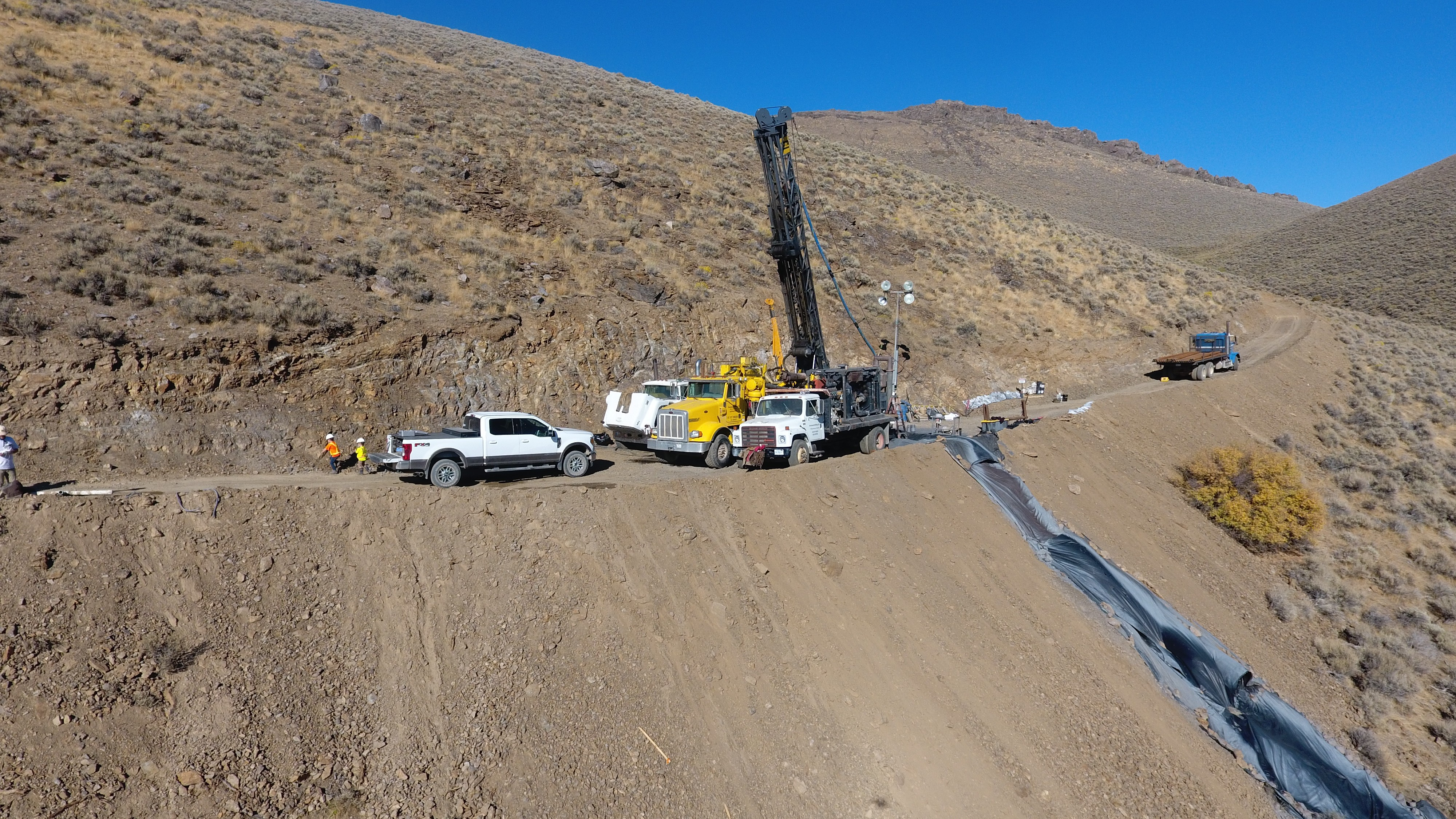“BloombergNEF’s 2021 Global Energy Storage Outlook estimates that 345 gigawatts/999 gigawatt-hours of new energy storage capacity will be added globally between 2021 and 2030, which is more than Japan’s entire power generation capacity in 2020,” the report reads. “The US and China are the two largest markets, representing over half of the global storage installations by 2030.”
The BloombergNEF document explains that in the case of the United States, storage deployment is being propelled by clean power ambitions of state governments and utilities, while in China, expected storage installations are being boosted by the official target of 30 gigawatts of cumulative build by 2025 and stricter renewable integration rules.
Other top markets identified by the researcher are India, Australia, Germany, the UK and Japan, with supportive policies, ambitious climate commitments, and the growing need for flexible resources being the common drivers in these countries.
“Regionally, Asia-Pacific will lead the storage build on a megawatt basis by 2030, but the Americas will build more on a megawatt-hour basis because storage plants in the US usually have more hours of storage,” the forecast reads. “Europe, Middle East and Africa (EMEA) currently lag behind its counterparts due to the lack of targeted storage policies and incentives, which may be surprising, considering Europe’s ambitious climate targets. Growth in the region could accelerate as renewables penetration surges, more fossil-fuel generators exit and the battery supply chain becomes more localized.”
BNEF’s forecast also suggests that 55% of energy storage build by 2030 will be to provide energy shifting, for instance, storing solar or wind to release later. In particular, the firm sees co-located renewable-plus-storage projects like solar-plus-storage becoming commonplace globally.
For Yiyi Zhou, clean power specialist at BNEF and lead author of the report, falling battery costs and surging renewables penetration make energy storage a compelling flexible resource in many power systems.
“Customer-sited batteries, both residential and commercial and industrial ones, will also grow at a steady pace,” the outlook reads. “Germany and Japan are currently leading markets, with sizeable markets in Australia and California. BNEF expects energy storage located at homes and businesses to make up about one-quarter of global storage installations by 2030. The desire of electricity consumers to use more self-generated solar power and appetite for back-up power are major drivers.”
According to BNEF, rapidly evolving battery technology is driving the energy storage market, with industry adopting multiple lithium-ion battery chemistries.
“In 2021, lithium-iron-phosphate (LFP) will be used more than nickel-manganese-cobalt (NMC) chemistries for stationary storage for the first time,” the report states. “LFP will become the major lithium-ion battery chemistry choice in the energy storage sector until at least 2030, driven by its dominant role in China and increasing penetration in the rest of the world. BNEF also updated its technology outlook to include sodium-ion batteries, a lithium-ion battery contender, which could play a meaningful role by 2030.”
The dossier concludes that even though many non-battery technologies such as compressed air and thermal energy storage are also being developed, batteries are expected to dominate the market at least until the 2030s, in large part due to their price competitiveness, established supply chain and significant track record.




